What is e-waste and why should we care?
E-waste or ‘electronic waste’ is any discarded product containing electrical components. Home appliances, computers, cameras, kids toys, LED light bulbs, the smartphone we replace every few years. We’re surrounded by technology and yet most of us don’t really know what happens after we’re finished with it.
E-waste is the fastest-growing waste stream globally. We throw away more than 50 million tons every year. For context, that’s about 800 laptops every second. Worse still, less than 20% of e-waste is even recycled, with the remaining 80% either ending up in landfill or surreptitiously sent overseas to be processed by people, often children, working for low wages in hazardous conditions.
A Toxic Environment
Although e-waste makes up less than 3% of all waste in landfill, it accounts for at least 70% of the toxicity. High value materials and components are often harvested from e-waste through burning or applying strong acids. This releases toxic gases into the atmosphere, with the pollution reaching thousands of miles away from the recycling sites. Toxic elements like mercury, arsenic, lead and nickel can easily seep into soil, eventually finding their way into the groundwater level. Once here they’re released into rivers and oceans, causing damage to both human and animal ecosystems. These toxins can cause organ deterioration as well as affecting the nervous and reproductive systems, leading to disease and birth defects.

How we’re tackling the problem
From the outset we designed our electric toothbrush to be fully repairable—we’re able to take it apart to reuse, repair or recycle all of the components. We don’t want any part of our brush to ever end up in landfill.
We stripped out excess technological gimmicks. No one needs seven brushing modes and a ‘smart’ Bluetooth app that only drains their battery life. It also means our toothbrush is much slimmer than regular brushes and uses fewer raw materials overall.
We purposefully chose to use a high-quality lithium ion battery that lasts for over 40 days on a single charge. All rechargeable batteries have a finite number of charge cycles, but as ours only needs to be charged once a month it will last significantly longer than conventional batteries in other brushes.
What can I do?
E-waste is a huge challenge for manufacturers to solve, as well as consumers. As well as robust recycling facilities, engineers and designers need to be creating products that are built to last, with a circular lifecycle in mind.
Slow down and practise conscious consumption. Do you really need that shiny new gadget? Can you buy used? Do you know someone who’d like your existing device? Is there a more eco-friendly alternative? If you’ve got an electric brush already but you’re eyeing up a new SURI toothbrush. As much as it pains us to say this, use what you have until you no longer can.
Find a certified e-waste recycler. Some local authorities accept e-waste as part of their home recycling scheme, other times you’ll need to get in touch with the manufacturer. Here are couple of examples in the UK and US.
Sources:
https://www.statista.com/topics/3409/electronic-waste-worldwide/
https://www.theworldcounts.com/stories/electronic-waste-facts
https://www.developmentaid.org/news-stream/post/158158/world-waste-statistics-by-country






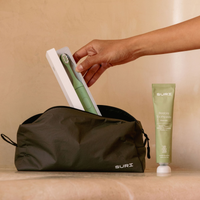
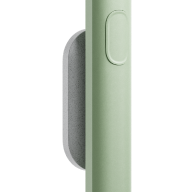

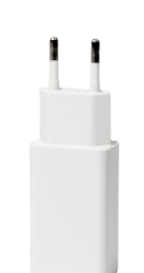
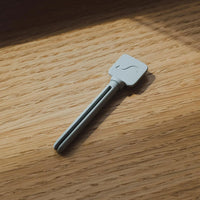



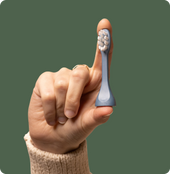 Liquid error (sections/subscription__modal line 12): invalid url input
Liquid error (sections/subscription__modal line 12): invalid url input




